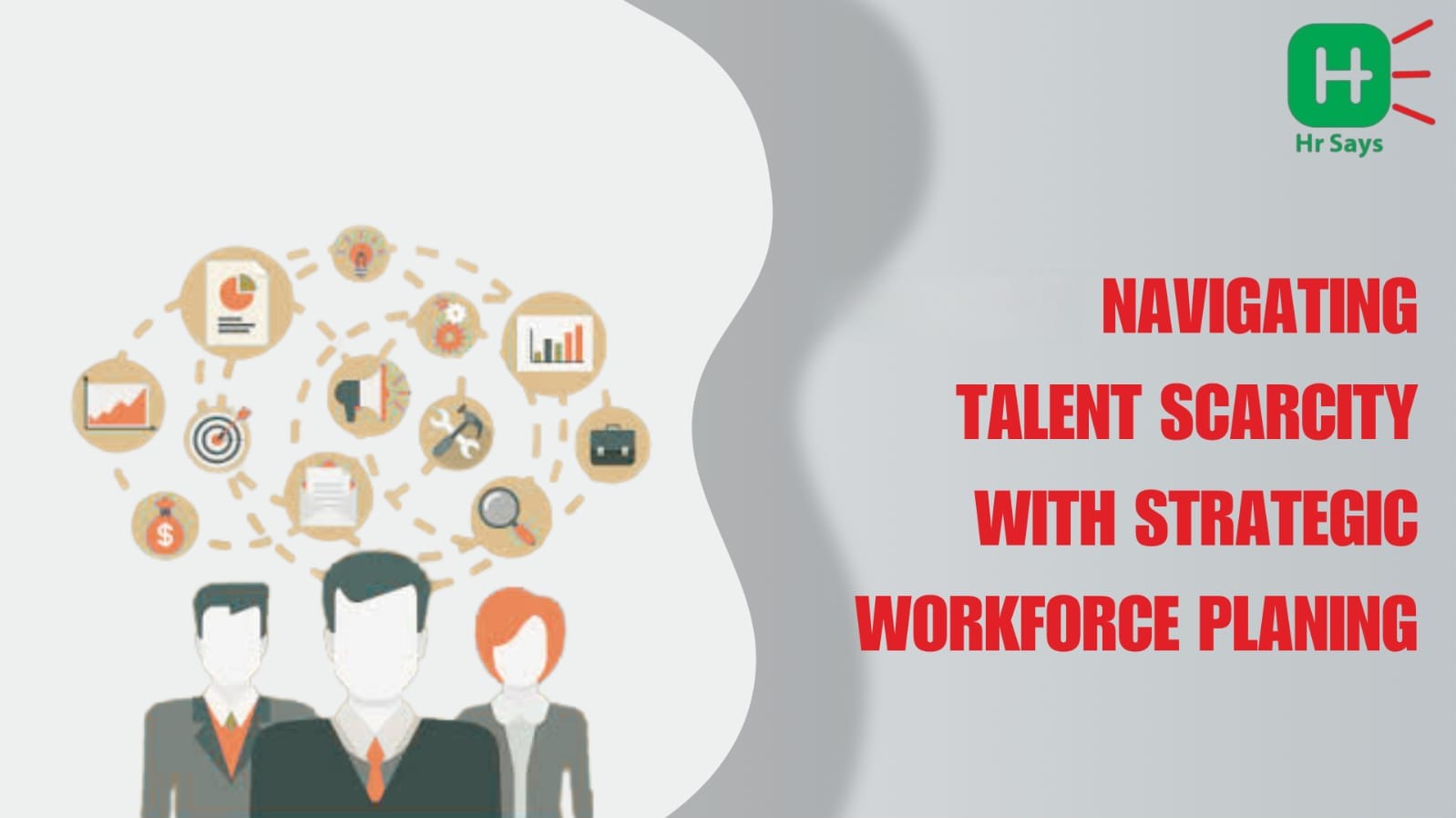What happens when roles remain open for months? When critical skills become rare? When hiring feels like chasing shadows?
That’s the world businesses are navigating today. The solution isn’t to hire faster—it’s to plan smarter.
The Era of Talent Drought
Empty chairs are becoming common. Skills are evolving faster than training programs. Involuntary turnover is harder than voluntary turnover.
It is not the issue of the applicant number. It is relegated to whether they are the right fit, at the right time.
Resumes arrive, but the match rarely clicks. Because the gap isn’t just in supply—it’s in foresight.
Why Strategic Workforce Planning Matters
This isn’t just an HR function anymore. It’s a business survival tool. Strategic workforce planning means forecasting, not fire-fighting.
Here’s what it looks like in action:
● Mapping future needs: Roles that don’t exist today might be essential tomorrow.
● Monitoring of internal skills: Who can be trained and who has to be recruited.
● Scenario planning: How to be ready to changes in the market, technology, and waves of attrition.
● Aligning with business goals: Hiring driven by growth—not panic.
It’s about creating a living, breathing talent map.
Short-Term Thinking Doesn’t Work Anymore
Hiring to fill a seat? Easy. Hiring to build a future? Harder.
Short-term fixes often lead to higher turnover. Or mismatched hires. Or worse—burnout.
Strategic planning avoids that. But it takes time. And patience.
Not every leader has both.
Start Small, But Start Now
Planning doesn’t have to be perfect. It just has to begin.
Start with:
● Skill audits – What do your teams really know?
● Succession plans – Who’s ready for what’s next?
● Cross-functional views – Is everyone hiring in silos?
● Regular reviews – Because workforce needs shift fast.
Even a basic plan beats no plan.
Technology Can Help—but Won’t Solve Everything
AI tools and dashboards? Helpful. But they can’t define strategy. Only humans can.
Use tech for:
● Identifying gaps
● Visualizing scenarios
● Tracking upskilling needs
But keep decisions human-led.
Conclusion
Talent scarcity isn’t going away. But neither is the opportunity to plan differently.
Strategic workforce planning won’t deliver overnight wins. It’s a quiet game. A patient one. But
in the long run, it separates the reactive from the ready.
In the face of uncertainty, the best plan is to actually have one.

 Talent is running thin. Roles are open, but candidates are missing. Strategic workforce planning offers a long-term lens to prepare, not panic. It isn’t a silver bullet—but it may be the closest thing we have.
Talent is running thin. Roles are open, but candidates are missing. Strategic workforce planning offers a long-term lens to prepare, not panic. It isn’t a silver bullet—but it may be the closest thing we have.












.jpeg)
.jpeg)

.jpeg)

.jpeg)


.jpeg)

.jpeg)

.jpeg)


